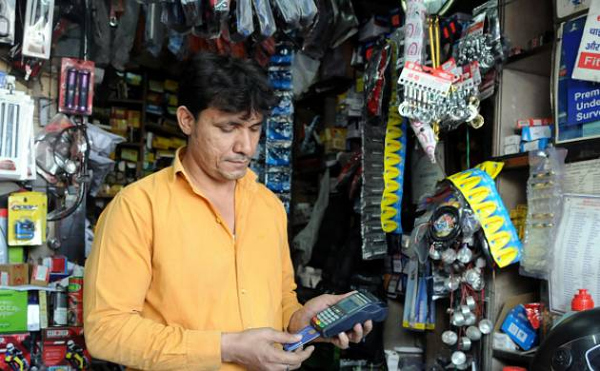A report by the economists of the State Bank of India (SBI) stated that an increase in mobile transactions along with the number of bank branches, a careful recalibration of bank branches along with a robust digital infrastructure has enhanced India’s financial inclusion metrics.
“India has stolen a march in financial inclusion with the initiation of Prime Minister Jan Dhan Yojana (PMJDY) accounts since 2014, using the banking correspondent (BC) model judiciously for furthering financial inclusion,” the report reads, as quoted by the Times of India (TOI).
In fact, the mobile and internet banking transactions in India have risen to 13,615 per 1000 adults in 2020 from 183 back in 2015.
The number of bank branches has increased to 14.7 per 1 lakh adults as compared to 13.6 in 2015. India stands ahead of countries like China, Germany and South Africa in these concerned financial inclusion metrics.
Moreover, the number of no-frills bank accounts opened in the last seven years has reached 43.7 crore with deposits worth Rs 1.46 lakh crore as of 20th October.
Two-thirds of these accounts are operational in rural and semi-urban areas and a massive 78 per cent of these accounts are with state-owned banks.
You may also like
-
Trade Connect E-platform For Exports Is Single Window, Fast, Accessible And Transformational: Shri Piyush Goyal
-
Dot Simplifies Approval Processes For Telecom Licenses And Wireless Equipment
-
Coal Production and Supply Trends on Positive Trajectory
-
Union Minister To Release Booklets On Promotion Of Indigenous Species & Conservation Of States Fishes
-
2nd India-Japan Finance Dialogue held in Tokyo on 6th September, 2024
